In Search of Cosmic Order: On the Eastern Tukano Ecological Management Model of Vaupes
DOI:
https://doi.org/10.22380/2539472X.1283Keywords:
.Abstract
For decades, Reichel-Dolmatoff’s model of energetic equilibrium has been used to analyze and describe the way in which the Tukano speaking groups of Vaupés manage the environment. The texts tries to contrast some itant aspects of the model, based on new ethnographic information obtained among the Makuna. This article tries to elaborate on the system of thought of the Tukano speaking socio-cultural coplex, understood as the integration of the respective territories and the ethnic groups which comprise them, through the spiritual esence of yurupari which flows through the hidrographic system of the region; this enables the fertility of the cosmos. Yurupari is the basis of a cosmological system in which ecological relationships are interpreted as social relations modeled by human society. Thus, the rain forest appears as a culturaly constructed space which depends on shamanistic intervention for its preservation.
Downloads
References
Århem, Kaj. 1981. Makuna social organization. A study in descent alliance and the formation of corporate groups in the North Western Amazon. Uppsala Studies in Cultural Anthropology 4. Uppsala.
– 1989. “Cómo conseguir esposa entre los makuna”. En Informes Antropológicos. Nº 3: 15-31.
–1993. “Ecosofía makuna”. En La selva humanizada. François Correa (ed.): 109-126. Ican-Cerec. Bogotá.
–1996. “The Cosmic Food-Web: Human-Nature Relatedness in the Northwest Amazon”. En Nature and Society. P. Descola y G. Pálsson (eds.): 185-204. Routledge. Londres.
–1998a. “Powers of Place: Territory, Landscape and Belonging in Northwest Amazonia”. En Local Belonging. N. Lovell (ed.). 78-102. Routledge. Londres.
–1998b. “Ecocosmología y chamanismo en el Amazonas: variaciones sobre un tema”. Conferencia presentada para el “Homenaje a Gerardo Reichel-Dolmatoff: antropólogo de Colombia”, no publicada. Universidad de los Andes. Bogotá.
Bird-David, Nurit. 1999. “Animism revisited“. En Current Anthropology. Vol. 40: 86-89. DOI: https://doi.org/10.1086/200061
Cabrera, Gabriel, Carlos Franky y Dany Mahecha. 1999. Los nükak. Nómadas de la amazonia colombiana. Universidad Nacional de Colombia. Bogotá.
Cayón, Luis. 1998. “Así mismo hacían los antiguos, sus abuelos, los pensadores buenos”. El pensamiento makuna: el kumú, los chamanes y la fertilidad de la naturaleza. Monografía de grado no publicada. Universidad de los Andes. Bogotá.
–1999. “Dioses humanos: ¿chamanes o sacerdotes? Ideas preliminares sobre el sacerdocio en dos cosmologías colombianas”. En Memorias II seminario de antropología de la religión. E. Villa (ed.): 211-231. Pontificia Universidad Javeriana. Bogotá.
–2000. “La Gente de Agua y el Abejón del Pirá: pensamiento, chamanismo y enfermedad entre los makuna”. En Geografía humana de Colombia. Amazonia-Caquetá. Tomo VII, Vol. II. F. Correa (eed.). 11-127. Instituto Colombiano de Antropología e Historia. Bogotá.
–2001. “El sentido de las cosas: manejo ecológico entre los makuna un grupo tukano oriental del Vaupés”. En La llegada de los dioses humanos: chamanismo y manejo ecológico indígena en Colombia: 23-51. Documentos del CESO Nº 3. Universidad de los Andes. Bogotá.
Correa, François. 1996. Por el camino de la Anaconda Remedio. Universidad Nacional de Colombia-Colciencias. Bogotá.
Descola, Philippe. 1989. La selva culta. Abya-Yala. Quito. DOI: https://doi.org/10.4000/books.ifea.1600
–1992. “Societies of nature and the nature of society”. En Conceptualizing Society. A. Kuper (ed.): 107-126. Routledge. Londres y Nueva York.
–1996. “Constructing Natures: Symbolic Ecology and Social Practice”. En Nature and Society. P. Descola y G. Pálsson (eds.). 82-102. Routledge. Londres.
Hugh-Jones, Christine. 1979. From the Milk River: Spatial and temporal process in Northwest Amazonia. Cambridge University Press. Londres. DOI: https://doi.org/10.1017/CBO9780511558030
Hugh-Jones, Stephen. 1979. The Palm and the Pleiades: Initiation and Cosmology in Northwest Amazonia. Cambridge University Press. Londres.
–1995. “Inside-out and Back-to-Front: The Androgynus House in Northwest Amazonia”. En About the house. J. Carsten y S. HughJones (eds.): 226-269. Cambridge University Press. Cambridge.
–1996. “Shamans, Prophets and Pastors”. En Shamanism, History, & the State. N. Thomas y C. Humphrey (eds.): 32-75. The University of Michigan Press. Michigan.
Pineda C., Roberto. 1999. “Sembrando la selva: las raíces biológicas de la biodiversidad”. En Maguaré 14: 264-283.
ReicheL-Dolmatoff, Gerardo. 1977. “Cosmología como análisis ecológico: una perspectiva desde la selva pluvial”. En Estudios Antropológicos: 355-375. Instituto Colombiano de Cultura. Bogotá.
–1978. El chamán y el jaguar. Siglo XXI. México.
–1986. Desana: Simbolismo de los indios tukano del Vaupés. Bogotá. Procultura. (1968). –
–1996. The forest within. Themis Books. Londres.
–1997a. “Categorías de animales, restricciones alimenticias y el concepto de energías cromáticas entre los desana”. En Chamanes de la selva pluvial: 23-75. Themis Books. Foxhole, Dartington, Totnes, Devon. (1978).
–1997b. “Aspectos biológicos y sociales del complejo del yuruparí en el territorio del Vaupés colombiano”. En Chamanes de la selva pluvial: 275-312. Themis Books. Foxhole, Dartington, Totnes, Devon.
Turner, Víctor. 1969. El proceso ritual. Taurus. Madrid. (1988).
Van Der Hammen, María Clara. 1992. El manejo del mundo. Tropenbos. Bogotá.
Van Der Hammen, María Clara y Carlos Rodríguez. 2000. “Restauración ecológica permanente: lecciones del manejo del bosque amazónico por comunidades indígenas del medio y bajo Caquetá”. En Restauración ecológica y reforestación: 259-275. Fundación Alejandro Ángel Escobar-Fescol-Foro Nacional Ambiental. Bogotá.
Viveiros De Castro, Eduardo. 1998. “Cosmological Deixis and Amerindian Perspectivism”. En Journal of the Royal Anthropological Institute. N. S. 4: 469-488. DOI: https://doi.org/10.2307/3034157




















